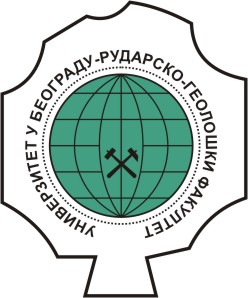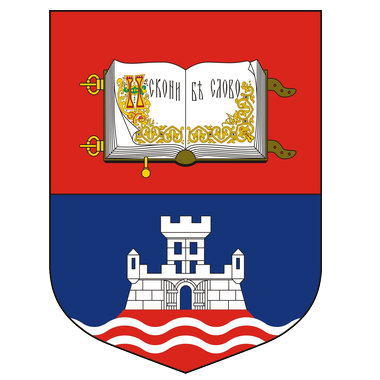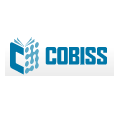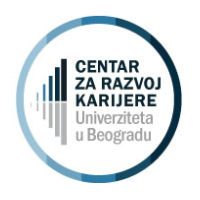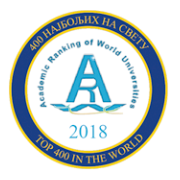Course Objectives:
Aims to help candidates to understand that the global minerals industry presents a unique investment environment, which needs to be mastered to ensure the successful development of a minerals venture. It prepares students for the feasibility study exercise. Key methods (traditional, statistical and geostatistical) of resource estimation used in the minerals industry are introduced, applied and evaluated. Geological and engineering inputs to, and constraints on, resource estimation are highlighted, together with a review of the conversion of mineral resources to ore reserves. |
Content:
Theory teaching
Importance of minerals to industry, society and economic development:
-Converting ore deposits into national wealth; ore reserve, metal contents and potential ore deposits in Serbia (locations & constituents)
-Introduction to commercial mining operation, cost, revenue, and profit
-Interest rates, time value of money, inflation, escalation, price index
-Concept of mine ore grade, mine recovery/ dilution and mined ore grade
-Concept of mill metal recovery and ore concentrate metal grades
-Cost estimation of mine projects; construction cost; Operating cost
-Cost of mine structure, mill plant, surface facilities, and financing
-Capital-intensive concept; capital cost vs. operating cost.
-Costs of concentrating, transporting, smelting, refining, and marketing,
-Mine revenue; Product scheduling; Optimal grade; Price forecasting
-Applications of economic theory, Time diagram; PV, FV, IRR
-Commercial projects; Cash flow, Mine depreciation; Depletion, Taxes Practical teaching
Work on initial feasibility study, computer applications and analysis; problems and review. |
Suggested Reading List:
- Ian C.Runge, Mining economics and strategy, SME, 1998
- Bruce Cavender, Mineral production costs – analyses and management, SME, 1999
- Ted G. Eschenbach, Engineering economy, Oxforduniversity Press, 2003
- Nikola Dondur, Ekonomska analiza projekata, Mašinski fakultet, 2002
- Uputstva za rad - XERAS
|
